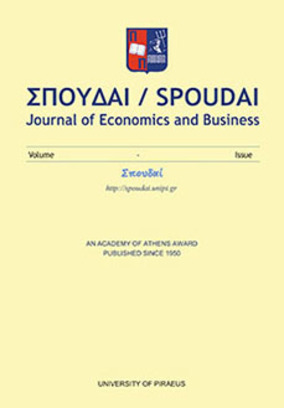The use of parametric linear programming technique for the determination of viable, parity and optimum sizes of farms
Part of : Σπουδαί : journal of economics and business ; Vol.35, No.3-4, 1985, pages 235-269
Issue:
Pages:
235-269
Author:
Abstract:
In the paper an attempt is made to determine, by using the parametric lineara programming (p. 1. p.) technique, certain sizes of farm which could provide the farm family with given income targets set by pre-determined criteria. In particular, three sizes are examined: viable, parity and optimum sizes. Firstly, the pre-determined income targets of the farm family and the alternative methods for specifying the three different sizes of farm are briefly described. Among the methods, p.l.p. is chosen as the best one to be used for seeking solution to the problem under examination. Its basic merits are primarily pointed out from the farm planning point of view. Secondly, an application of this method is made on a particular type of farming, namely the family-type sheep farms in the Epirus region of Greece2 . On the one hand the procedure is fully explained and, on the other, the particular results are presented. Then the usefulness of these results is discussed in both methodological and practical terms. Thirdly, an assessment of the p.l.p. method is made in connection with other methods and with its static character. Finally, the paper examines the practical possibilities for and the importance of utilising the empirical results.
Subject (LC):
Keywords:
agricultural economics
Notes:
Περιέχει πίνακες, διαγράμματα και βιβλιογραφία, The material of this work is basically derived from my Ph. D. thesis, submitted to Wye College-University of London in 1981.




